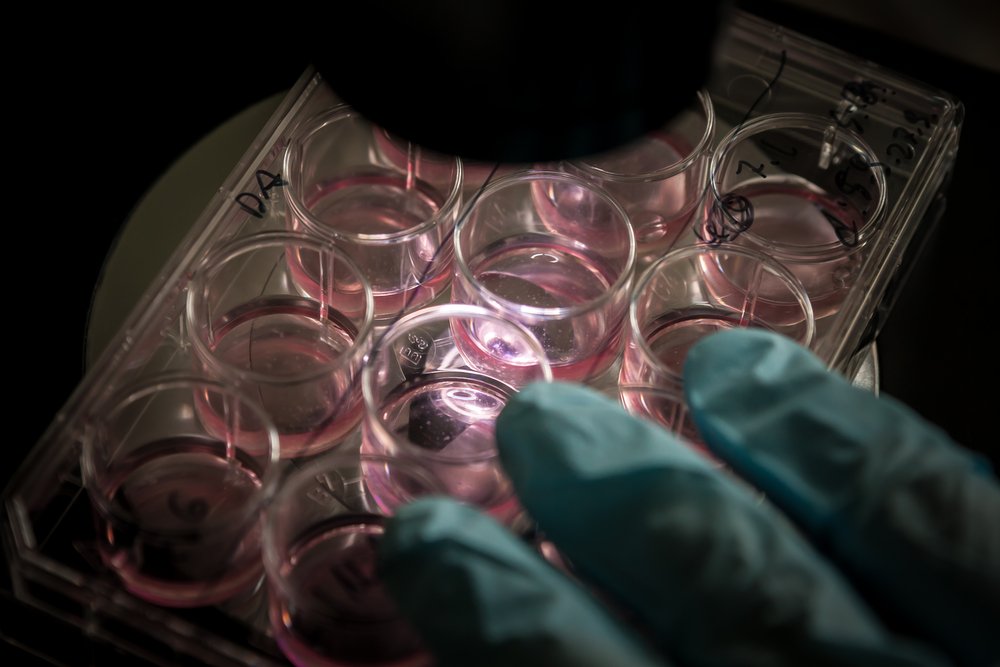Researchers Create New Cell Model to Study Functions of Mutant Protein in Huntington’s
Written by |

Researchers generated the first human line of Huntington’s disease induced pluripotent stem cells (iPSCs) that do not express the dysfunctional protein underlying the condition. The cells represent a potential resource to investigate the function of the huntingtin protein in vitro (in a lab culture dish or test tube).
The study, “The Generation of Mouse and Human Huntington Disease iPS Cells Suitable for In Vitro Studies on Huntingtin Function,” was published in the journal Frontiers in Molecular Neuroscience.
Huntington’s disease (HD), a severe, inherited neurodegenerative disease that remains without a cure, is caused by an inherited genetic defect in the huntingtin (HTT) gene, which codes for the protein of the same name.
Recent studies with new cellular models, including patient-derived iPSCs and neuronal stem cells (NSCs), suggest a developmental role for the protein. In fact, “studies in induced pluripotent stem cells in Huntington disease models have demonstrated that multiple molecular processes are altered by the mutant HTT protein and suggested its silencing as a promising therapeutic strategy,” researchers wrote.
In this study, researchers generated both mouse and human Huntington’s disease iPSCs with a stable silencing of the mutated HTT protein. This way, they were able to investigate how a stable decrease of mutant HTT impacts other signaling pathways, focusing particularly on the factors previously reported as affected in Huntington’s disease — the mitogen-activated protein kinase (MAPK), Wnt, and p53.
Researchers observed that in mouse Huntington’s disease iPSC lines, the levels of HTT protein were inversely correlated with those of the p53 protein — the levels of p53 increased upon silencing the mutant HTT. These findings are particularly important since “previously, p53 was shown to be involved in Huntington’s disease [development], with total levels in the brain increasing with Huntington’s disease severity and particularly being upregulated in late Huntington’s disease stages, in grade 3 and 4 patients,” researchers wrote.
HTT silencing resulted in moderate effects on Wnt and MAPK pathways in both mouse and human HD induced pluripotent stem cells.
Overall, this gene silencing strategy allowed researchers to establish “the first human induced pluripotent stem cells with stable huntingtin knock-down, and they can be helpful for in vitro research on huntingtin functions in human development,” the study concluded.





